Reportar esta entrada
Más sobre la misma comunidad-colección
Susan Magoffin - Historia - El Paso, Texas
History of Susan Shelby Magoffin who arrived in El Paso del ...
Haywood Antone, Doctor en Filosofía y Carl Hertzog - Prensa de Texas Western - 1993
Haywood Antone Ph.D and international renowned publisher Carl ...
El alcalde Joe Wardy - El Paso, Texas - 2004
Mayor Joe Wardy of El Paso, Texas speaks at event in 2004 ...
Vista aérea de Texas Western College en 1955 - El Paso, Texas
Texas Western College, Aerial View shows Veteran Housing, Globe ...
Construcción del Centro de Eventos Especiales de UTEP - mayo de 1976
UTEP Special Events Center was under construction May 1976.
Construcción del Centro de Eventos Especiales de UTEP - mayo de 1976
Bulldozer works at entrance of UTEP Special Events Center which ...
Casa de fraternidad - Texas Western College - 1955
This was a fraternity house for students at Texas Western ...
La presidenta Natalicio con el entrenador Haskins 1993
UTEP President Natalicio enjoys game in 1993 with famous ...
Construcción de la biblioteca de UTEP
Photo shows modernistic design of former UTEP Library which was ...
Residencia del presidente, TWC 1942-1958
Building on campus of Texas Western College in El Paso Texas ...
Residencia del presidente, TWC 1942-1958
Building on campus of Texas Western College in El Paso, Texas ...
El alcalde Joe Wardy, El Paso, Texas
Mayor Joe Wardy of El Paso, Texas speaks at event on campus of ...
John Graham, Profesor del Colegio de Texas de Minas circa 1930
John Graham, Professor Texas College of Mines in El Paso Texas ...
A. B. Templeton, Presidente de TWC, con el Dr. Ken Beasley
Texas Western College President, A. B. Templeton with Dr. Ken ...
El presidente del Departamento de Historia de UTEP y la Dra. Natalicio en la ceremonia de graduación
UTEP History Department chair and Dr. Natalicio at Commencement ...
Presidenta Diane Natalicio - El Paso, Texas
President Diane Natalicio at UTEP commencement in Special Events ...
Escuela secundaria Austin - 2017 - El Paso, Texas
Cheerleaders at Austin High School football game in the year ...
Director, Craig Kehrwald - Escuela secundaria Austin - 2017
Principal, Craig Kehrwald - Austin High School football game.
Escuela secundaria Austin - 2017 - El Paso, Texas
Cheerleader at a football game at Austin High School - El Paso, ...

















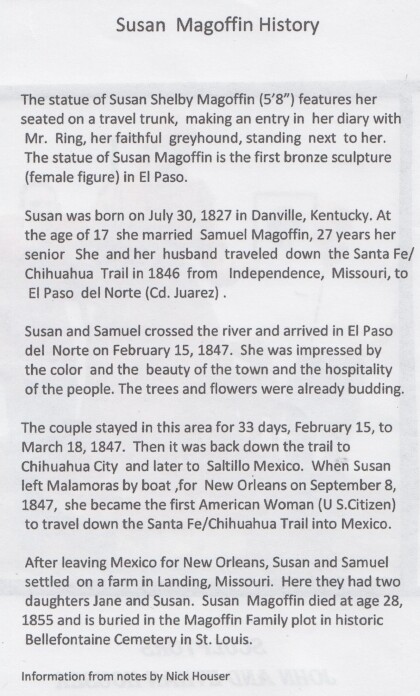
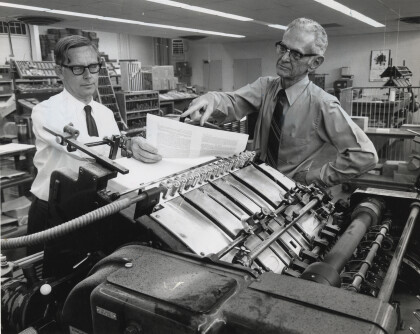
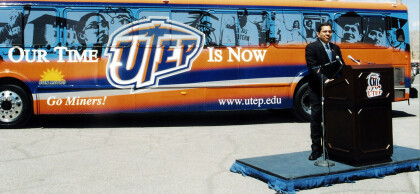
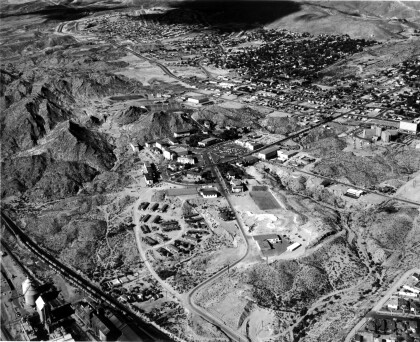
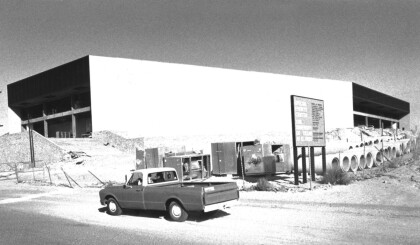
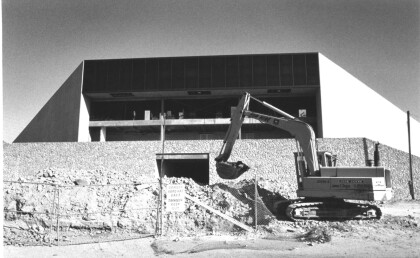
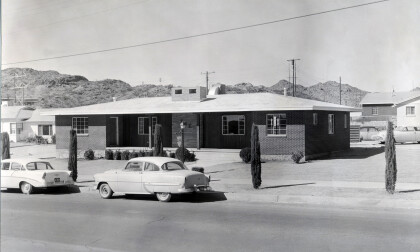
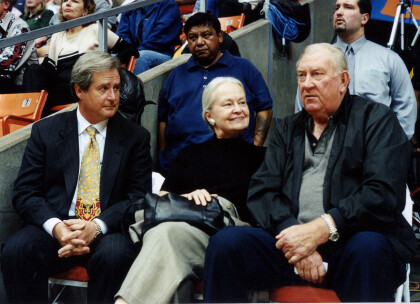
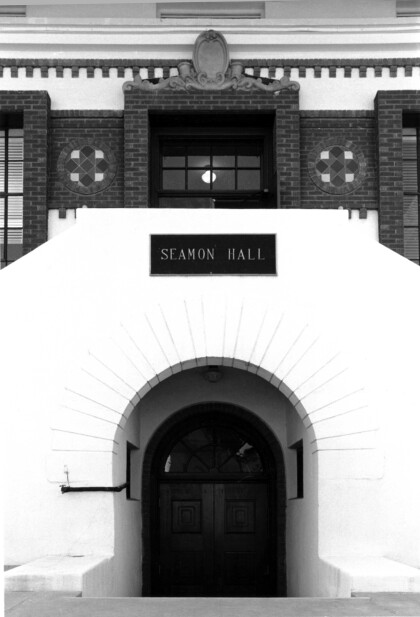
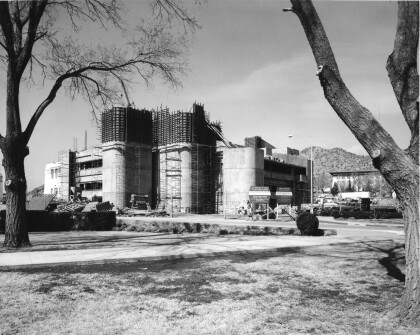
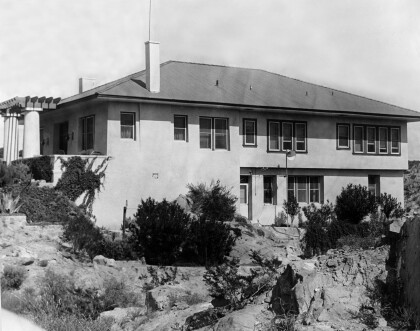

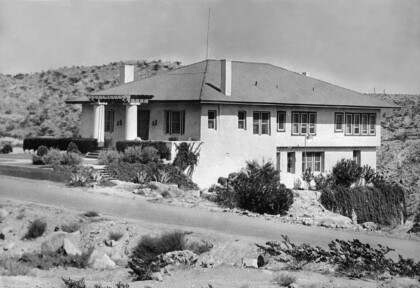
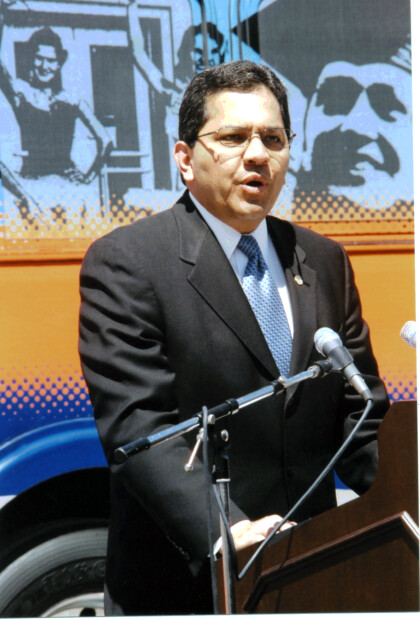
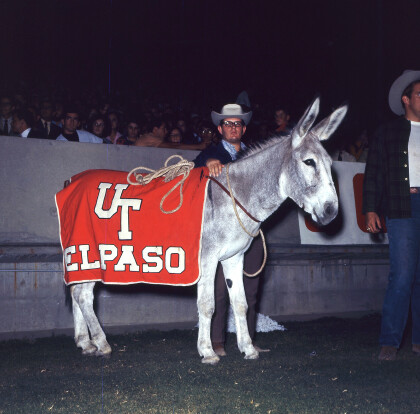
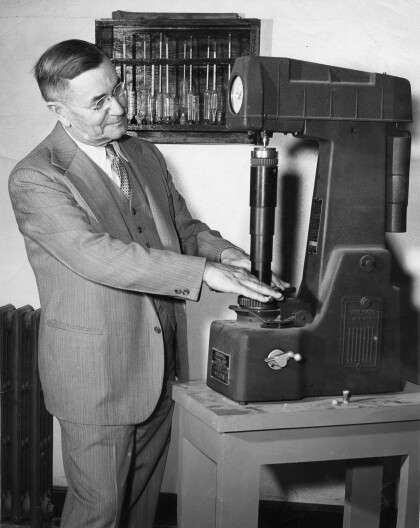
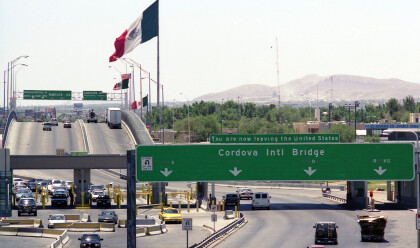
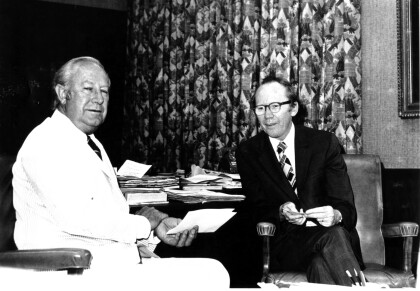
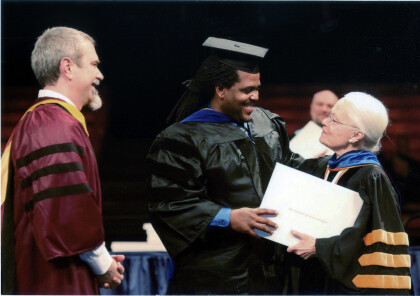
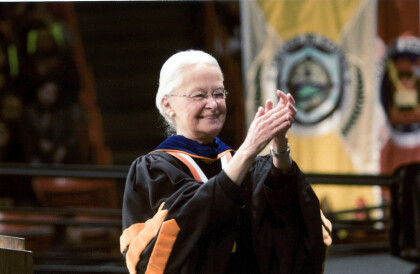
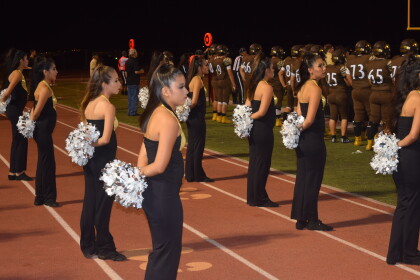


Comentarios
Hacer un comentario